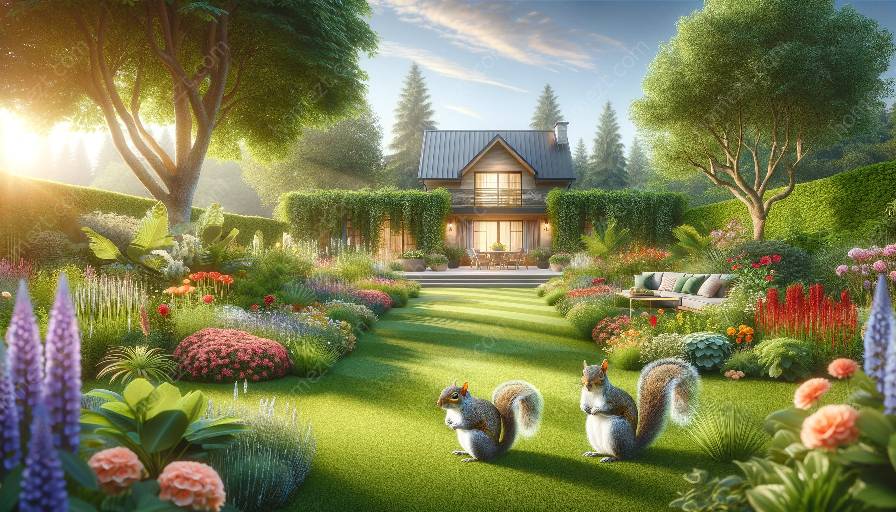Squirrels are fascinating creatures that play a significant role in the ecosystem and can also pose challenges in the realm of pest control. Understanding squirrel reproduction provides insights into managing squirrel populations and potential pest issues.
The Life of Squirrels
Squirrels are agile, bushy-tailed rodents found in various habitats across the world. They are known for their foraging behavior and remarkable ability to adapt to urban environments. Understanding their reproductive cycle is crucial for effectively addressing any concerns related to their population and interactions with humans.
Reproductive Anatomy and Behavior
Female squirrels typically have two breeding seasons, one in early spring and the other in late summer. During these times, they release pheromones to attract males, initiating the mating process. Once a female squirrel has successfully mated, she will carry the fertilized eggs for around 44 days before giving birth.
Male squirrels engage in elaborate mating rituals that involve chasing and competing with other males for the attention of females. This behavior can lead to territorial disputes, particularly in urban settings where human dwellings might serve as desirable nesting sites.
Squirrel Nests and Offspring
As their due dates approach, pregnant female squirrels seek out suitable locations to build their nests. Attics, chimneys, and other concealed, warm spaces in human dwellings are commonly chosen by squirrels as prime nesting spots, leading to potential conflicts with homeowners.
Each litter typically contains two to six squirrel pups, born hairless and blind. The mother provides them with care and protection until they are old enough to venture out on their own.
Squirrels and Pest Control
While squirrels play a valuable role in the ecosystem by dispersing seeds and controlling insect populations, they can become a nuisance when their activities interfere with human spaces. Understanding squirrel reproduction is essential for effective pest control and management strategies.
Preventative measures such as sealing off potential entry points and reducing attractants like easily accessible food sources can help deter squirrels from nesting in human dwellings. For persistent or extensive squirrel infestations, it may be necessary to seek the assistance of professional pest control services.
Conclusion
Understanding squirrel reproduction and its relationship to pest control can lead to more informed and effective strategies for coexisting with these fascinating creatures. By being aware of their reproductive patterns and behaviors, individuals and pest control professionals can develop humane and sustainable methods to mitigate conflicts and maintain ecological balance.


